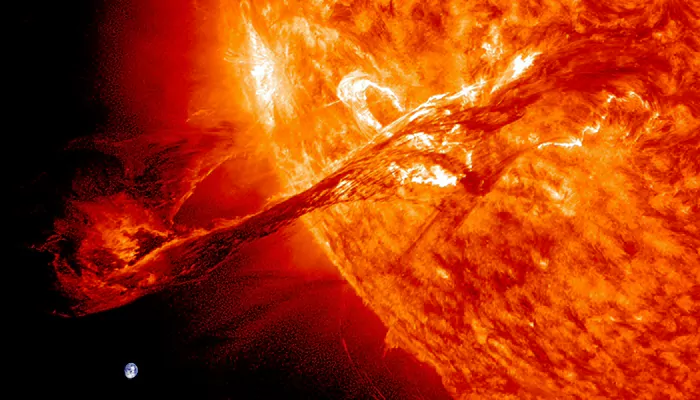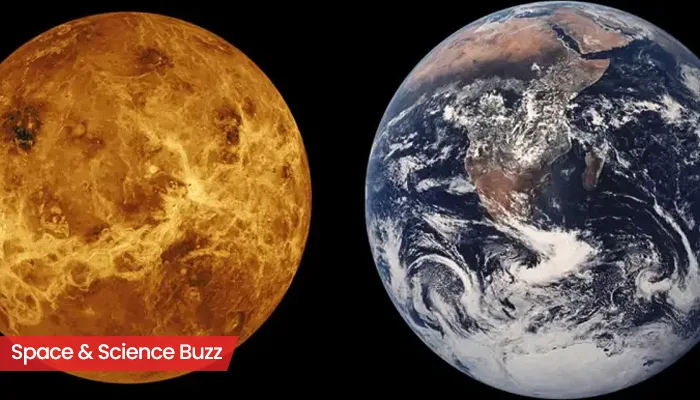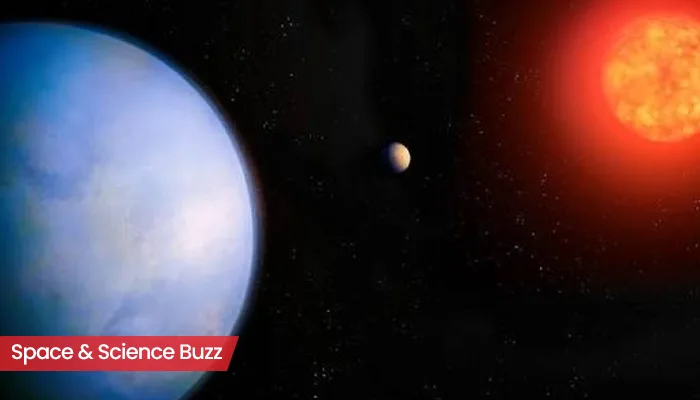
Here are today’s most important updates from the realm of Science and Space.
Sci-Fi or Reality? Interstellar Tunnel Near Solar System Could Open Path to New Worlds
Scientists from the Max Planck Institute for Extraterrestrial Physics (MPE) recently discovered the presence of an interstellar tunnel towards Centaurus. Millions of years ago, several supernova explosions created a unique low-density bubble called the Local Hot Bubble (LHB). Our solar system is located inside this cavity that stretches at least 1,000 light-years. The powerful X-ray telescope eROSITA was used to map the LHB. The telescope operates 1.5 million kilometres from Earth, giving it a unique view of the X-ray sky, dividing the sky into 2,000 sections and separately analyzing each of them. Scientists believe the tunnel could be acting as a connector between the LHB and another superbubble or the Gum Nebula.
The Sun's Fiery Phase: What Rising Solar Activity Means for Earth and Beyond

Recent high solar activity has been causing an unprecedented headache for satellite operators. This heightened activity is due to the Sun's ever-changing magnetic field, which completely flips approximately every 11 years. As the sun is currently at the midpoint of this cycle, solar activity is at its highest. Higher solar activity causes more solar flares and stronger solar wind, resulting into a higher flux of charged particles damaging electrical components on satellites. It will also impact long distance radio signal transmission and satellite operations. The good news is the Sun will slow down by 2026, and is predicted to return to a solar minimum in 2030.
AI Tool Uses Microorganisms to Trace Your Location

Scientists at Lund University in Sweden have developed an AI tool, capable of pinpointing someone's recent location using a sample of microorganisms they may have collected on their travels. The concept is known as Microbiome Geographic Population Structure (mGPS). The word microbiome is used to describe all the microorganisms (bacteria, fungi, algae) in a particular environment. "In contrast to human DNA, the human microbiome changes constantly when we come into contact with different environments," said Eran Elhaik, the study's co-author. The scientists have found that microorganisms act similar to the microscopic fingerprints and just like human populations, the microbial communities display geographical traces, which ultimately helped the development of this unique AI tool.
When Fire Meets Ice: Stunning Footage Unveils the Secrets of the Leidenfrost Effect
(Credit - Insta/@jvn.photo)
A stunning and unusual natural event captured by Icelandic photographer Jeroen Van Nieuwenhove has taken social media by a pleasant surprise. It is a top-down video showing lava flowing over snow. But what has sparked a lot of intrigue is the lack of visible steam during the process. This phenomenon is likely due to the Leidenfrost effect, occurs when a liquid encounters a surface much hotter than its boiling point. The photographer explained, "The lava is so incredibly hot that it melts the top part of the snow, which then creates a vapour layer that shields the bottom part from the heat temporarily. Similarly to what you can observe when water droplets scoot around on a hot metal plate.”



.webp)
.WEBP)
.WEBP)
.webp)
.webp)


.webp)
.webp)
.webp)